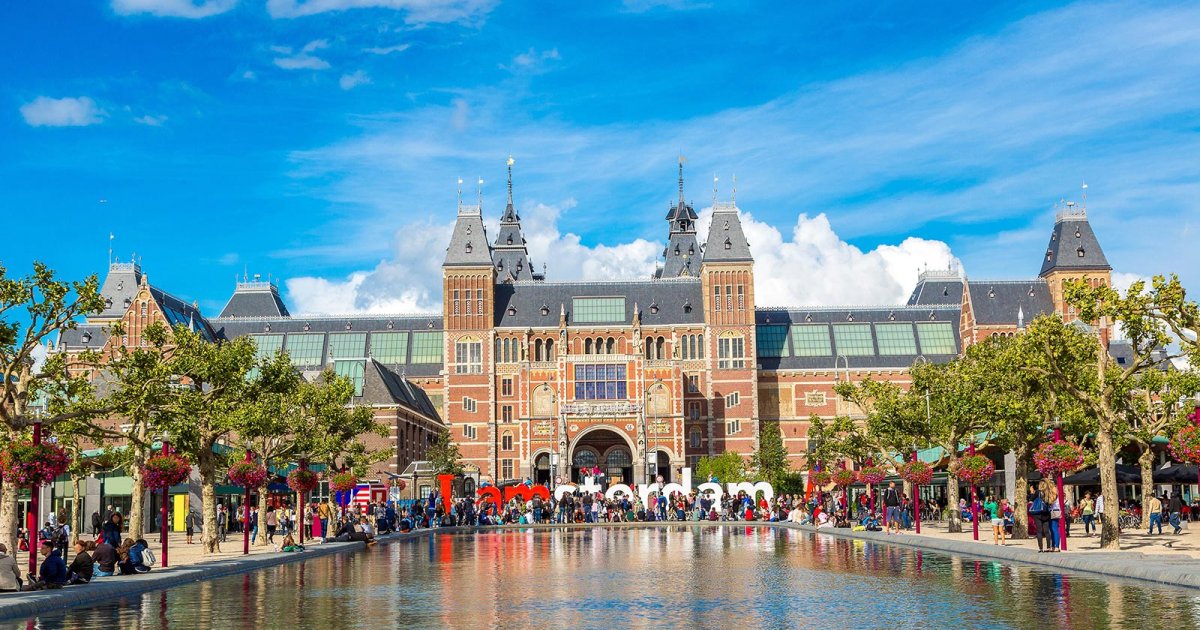RIJKSMUSEUM , Introduction
 Language: English / USA
Language: English / USA
Hi, my name’s Marcy, and I’m your personal guide. Along with MyWoWo, I’d like to welcome you to one of the Wonders of the World: the Rijksmuseum.
The Rijksmuseum, or National Museum, was founded in The Hague in 1800. It was moved to the Royal Palace in Amsterdam between 1808 and 1809, by Louis Bonaparte, and was originally divided between several buildings. Towards the end of the 19th century, a decision was taken to build the current building specifically to house the Museum’s huge collection.
The building, in Neo-Gothic and Neo-Renaissance style, with a wealth of decorations and sloping roofs, is the work of the Dutch architect Pierre Cuypers, who also designed the Central Station. It was built between 1877 and 1885, but the recent renovation work carried out on the interior has given an innovative character to the Museum.
The restoration of the Rijksmuseum was carried out by the Spanish architects Antonio Cruz and Antonio Ortiz, who left the outer shell intact, in Dutch historicist style, but redesigned the interiors throughout and added a glass roof to the old courtyards so they could be used as exhibition areas.
The work took 10 years and cost € 375,000,000. The building was reopened on April 13, 2013 by Queen Beatrix.
Since then, this has been the most popular museum in the Netherlands, attracting over two million visitors a year. It is also the largest art museum in the country.
The Rijksmuseum has a million objects, ranging from the 13th to the 21st century. Just 8000 are on display, however, including a small collection of Oriental art, housed in the Asian pavilion built by the Spanish artists Cruz and Ortiz in 2013.
The Rijksmuseum is not a traditional art gallery, featuring a collection of paintings only. It offers an eclectic mix of sculptures, maritime objects, furniture, furnishings and colonial treasures that are a celebration of Dutch history and culture.
The works are displayed in 80 rooms on four levels, but the backbone of the collection is located on the second floor, where you’ll find seventeenth-century Dutch paintings, including works by Rembrandt and Vermeer.
An interesting fact: among the most popular exhibits, in particular with female visitors, is the Museum’s impressive collection of around one thousand pieces of strikingly beautiful, exquisitely crafted jewelry from a variety of periods.



